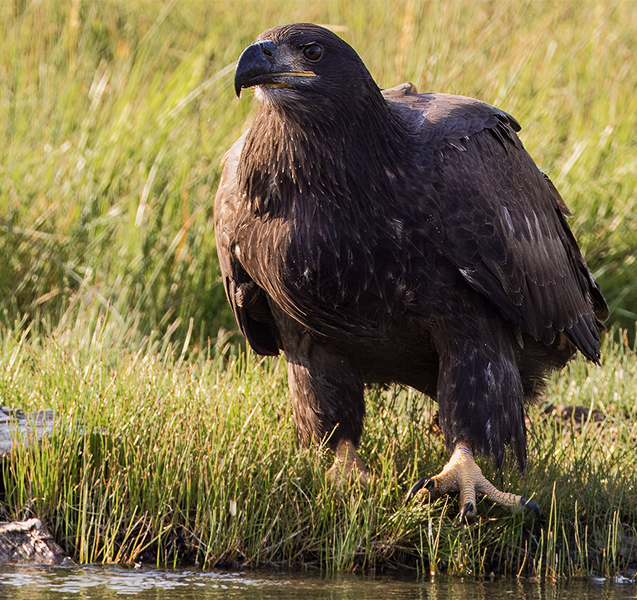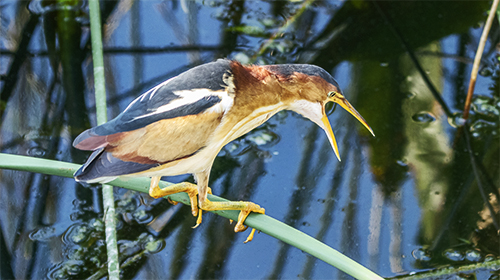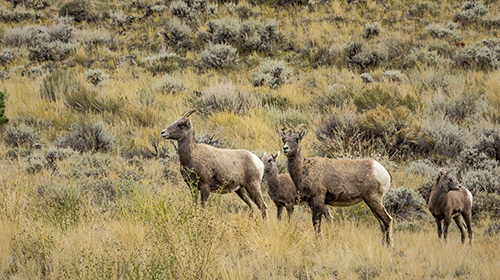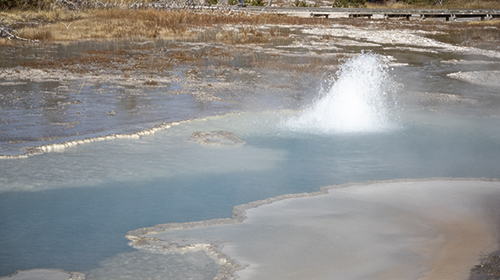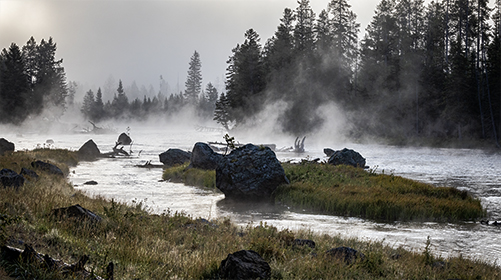Raptors or Birds of Prey
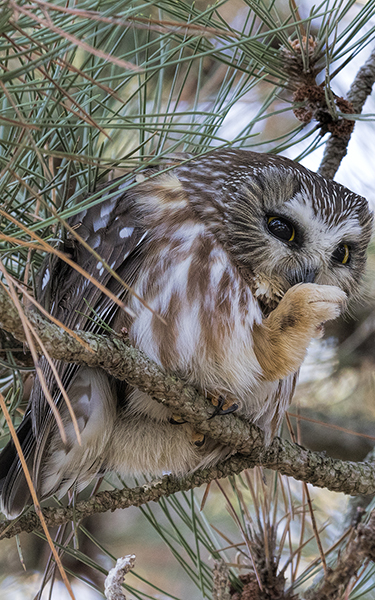
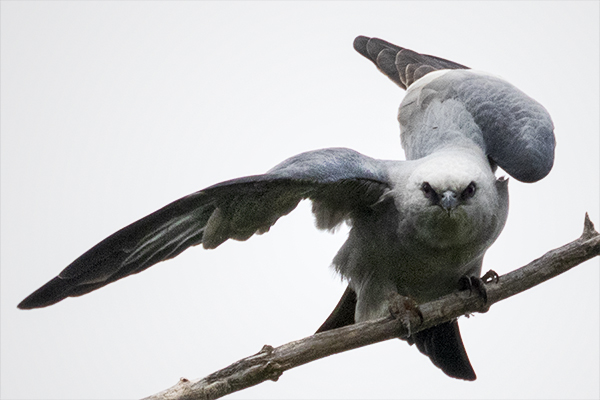
Birds of Prey, also known as raptors, eat meat only. Their diet includes rodents, amphibians, fish, mammals, reptiles, insects, and other birds.
Other than that, they share three other characteristics. Including:
- Sharp eyesight
- Strong, sharp talons
- Strongly hooked beak
This bird group includes hawks, owls, eagles, vultures, and falcons. Worldwide, there are approximately 560 species of raptors. Thirty-five (35) of those are in North America.
Raptors have large eyes, and depending on the species, the eyes can take up to a quarter to almost three-quarters of the bird's skull.
They can see a greater distance than humans. Hence the phrase "eagle-eyed."
While birds of prey cannot move their eyes around like humans, they have a better trick. Instead, they have extra bones in their necks, allowing them to move their whole head around. Owls and some other raptors can turn their heads 270 degrees.
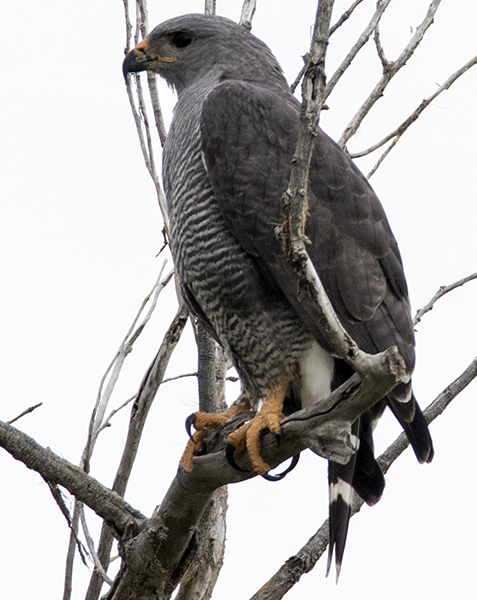
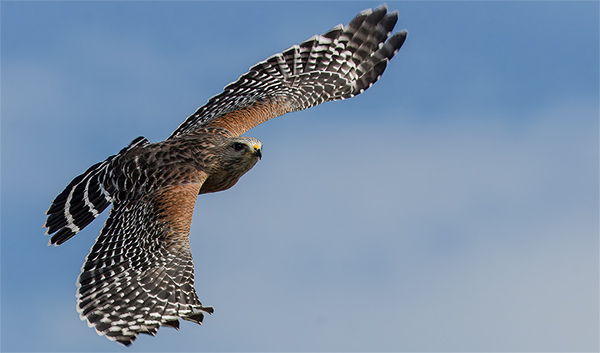
Raptors' talons are very sharp. Each foot has four talons. A talon has two components: the bone that is covered by a sheath made of the same material as your nails: keratin. Talons are designed to grab and carry things. Raptors use talons to capture, subdue, and kill their prey. They are used to holding their catch on tree limbs as they use their beaks to tear the meat into bite-size pieces.
The Peregrine Falcon, not pictured here, is the world's most widely distributed bird of prey. This raptor is also the fastest animal in the world, diving at speeds over 200 miles per hour. It kills its prey in the air by closing its talons and ramming it into the prey, knocking it out of the sky.
Like the talons raptors beaks are bone covered by keratin. Raptors beaks are curved that end in a sharp point. This allows the bird to bite, tear, and sometimes kill their prey. The beak's structure is also supported by strong jaws.
